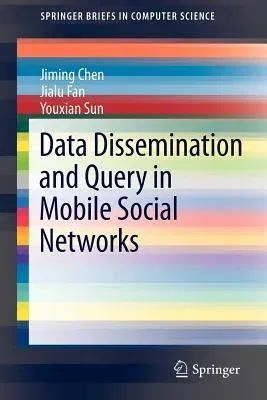With the increasing popularization of personal hand-held mobile devices,
more people use them to establish network connectivity and to query and
share data among themselves in the absence of network infrastructure,
creating mobile social networks (MSNet). Since users are only
intermittently connected to MSNets, user mobility should be exploited to
bridge network partitions and forward data. Currently, data
route/forward approaches for such intermittently connected networks are
commonly "store-carry-and-forward" schemes, which exploit the physical
user movements to carry data around the network and overcome path
disconnection. And since the source and destination may be far away from
each other, the delay for the destination to receive the data from the
source may be long. MSNets can be viewed as one type of socially-aware
delay tolerant networks (DTNs). Observed from social networks, the
contact frequencies are probably different between two friends and two
strangers, and this difference should be taken into consideration when
designing data dissemination and query schemes in MSNets. In this book,
the fundamental concepts of MSNets are introduced including the
background, key features and potential applications of MSNets, while
also presenting research topics, such as, MSNets as realistic social
contact traces and user mobility models. Because the ultimate goal is to
establish networks that allow mobile users to quickly and efficiently
access interesting information, particular attention is paid to data
dissemination and query schemes in subsequent sections. Combined with
geography information, the concepts of community and centrality are
employed from a social network perspective to propose several data
dissemination and query schemes, and further use real social contact
traces to evaluate their performance, demonstrating that such schemes
achieve better performance when exploiting more social relationships
between users.


